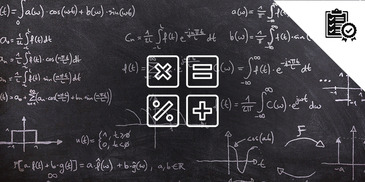
SWBAT take the data from class and home and create comparisons of the different ways math is used by adults.
- Subject:
- Mathematics
- Material Type:
- Lesson Plan
- Provider:
- BetterLesson
- Date Added:
- 12/01/2022


SWBAT take the data from class and home and create comparisons of the different ways math is used by adults.

A lesson where students collect trash, sort, and record the mass in grams. They will use their knowledge of numbers to figure out what category of trash had the most. The biggest idea of the lesson is that students will be more likely to reduce their own waste if they understand what a mass of trash looks like.

Students have worked with models and strategies to solve a variety of math problems. Today they will need to use those strategies to complete the math tasks.

Given a two-step word problem students will be ask to solve, and create their own math model of the given problem.

Patterns in division and multiplication can be found in nature, and an understanding of these patterns enables scientists to conduct systematic research.

First Graders need to use direct and indirect comparisons to measure objects. Today they will use their new knowledge of dinosaurs to find the longest of the giant lizards.

Lining up from tallest to shortest is a great way to practice looking at height and exploring the terms shorter and taller.

Students use a variety of measurement tools to measure both small and larger distances.

Butterflies and caterpillars are the focus of this measurement lesson, integrating our math and science curriculum.

Using decimals and finding perimeter and area all while learning about the metric system.

Connect new measurement knowledge and skills to the students' immediate environment.

Students build measuring skills using quarter inch measurements.

Bill Murray called it "Baby Stepping" but today we will be student stepping. The students will measure 8 different lines using their own feet!

This lesson drives home the idea that studying for math means practicing problems and reflecting on your strategies

They measure in Japan too. Students measure two objects and compare to decide how much larger one is than the other.

Students will determine if numbers in a set are: greater than, less than, or equal to.

Using base ten blocks and place value, students explore how to become more fluent in adding and subtracting two-digit numbers without regrouping.

The students will be reviewing the metric system in a cooperative group activity and then using the review and applying it to an assessment.

Through the use of real life data, the students will be looking at a variety of graphs to decide if they are displaying misguided information.

SWBAT identify patterns on a hundreds chart. SWBAT use patterns and structure of the hundreds chart to identify missing numbers.